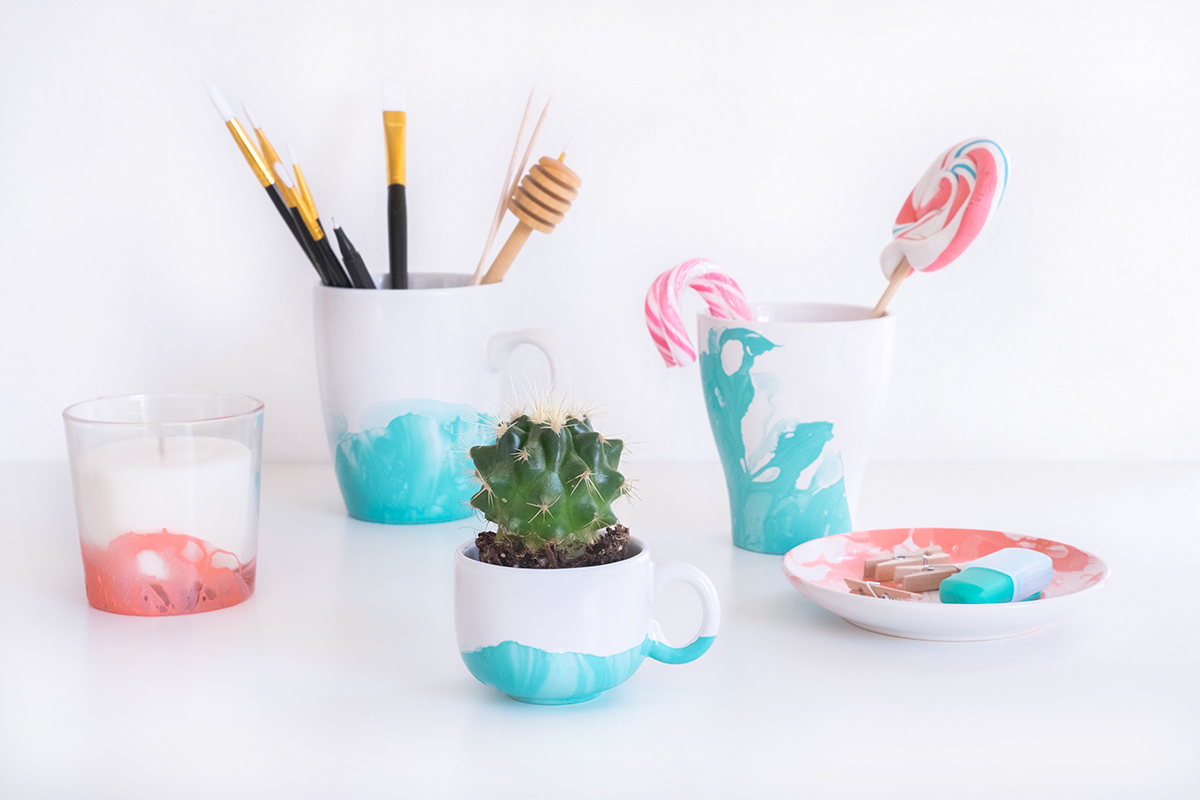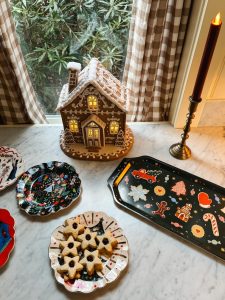
Find out the common backing boards used for picture framing and mounting pictures. Why you should choose one backing material over another. Understand the properties of foam boards, Corflute, MDF, Masonite or hardboard, e-board and other cardboards. What makes one more suitable than another when it comes to picture framing.
Is foam board the best backing for picture framing?
All pictures that are framed require some form of backing material to provide rigidity and protection. Even stretched canvasses that are unframed should have some backing to prevent dust building up on the back of the painting. When dust accumulates it helps trap moisture which then promotes mould growth which in turn causes damage to the artwork.
Picture framers have used many types of backing board over the years. Foam board or foamcore boards have become one of the most popular choice recently due to their light-weight construction, rigidity and easy cutting. They replaced the cardboard, Masonite or MDF (medium density fiber-board) that framers had become accustomed to using but are they better than their counterparts.
What usually concerns framers most is the chemicals that can leach from the backing into the picture. Picture framers often talk about acid-free, lignin-free or 100{736f1ac1eb4d4ac3f19ce36c26714a1b69624fe3c44ba680221b565f0c2b5248} cotton rag in their presentation to customers. The harmful chemicals in non acid-free materials can cause staining and acid burn to prints, posters and artworks that they come into contact with. Sometimes layers of protection like barrier papers, mounting boards or polyester sheeting is placed between the backing and the picture. It is far better to eliminate the source of the harmful chemicals than to just try to slow down their migration into the artwork.
There are acid-free and cotton surfaced foam boards which are sold as conservation foam board but these are to be used with caution when used as a direct backing for artwork. One type of foam board made by Gilman USA is 100{736f1ac1eb4d4ac3f19ce36c26714a1b69624fe3c44ba680221b565f0c2b5248} plastic and could be considered as a conservation board but you would still normally add another layer of 100{736f1ac1eb4d4ac3f19ce36c26714a1b69624fe3c44ba680221b565f0c2b5248} cotton rag board or an alpha-cellulose board as a barrier. Many galleries prefer to use corflute due to its economical cost and again being a plastic product lignins are not present. Other conservation backings include smooth surface coated corrugated boards that are made from alpha-cellulose. A new development in the production of E-flute core board, where there is a double laminated corrugated core faced with white acid-free surface papers, is eagerly waited for by the framing community.
Using plastic based boards can have other effects that need to be carefully weighed up depending on the artwork being framed. Some plastics out-gas plasticisers and other solvents which may cause irreversible organic changes in some paints, photographic emulsions and substrates.
MDF or medium density fiber-board is popular for wet gluing and mounting of prints and posters and framers often use it to wet mount cheap mass-produced canvas artworks. The benefits of the MDF are its rigidity and low-cost but it is a very hygroscopic product so it tends to absorb moisture. The increased moisture promotes mold growth and it can also cause staining to the image by drawing chemicals to the front of the artwork. It can also buckle due to the expansion of the backing but this can be rectified by counter-lamination or sealing the backing with a waterproof varnish. If the artwork or poster is only for decoration and has no long-term value, MDF is a cheap substrate to use.
Straw-board was used by picture framers right through the 19th and to the mid 20th Century. Straw-board was made from straw and had a yellow appearance. It did offer some advantages due to its alkaline nature and framers would paste prints and watercolours onto it with rabbit-skin glue or pearl glue. The pearl glue was a glue made from gelatine and applied hot from a double-boiler. The old framers sometimes added mercury salts and other fungicides into the mix in an effort to prevent mould or foxing. In some ways these methods were better than when the invention of PVA glue came around. At least an old print could be lifted by gentle soaking but with the advent of PVA the pictures became permanently bonded to the backing.
Apart from framing disposable decorative items like mass-produced posters it is wise to consider using reversible framing techniques. Most of these techniques involve hinging the picture to the backing board using Japanese paper hinges or some other acid-free archival hinging tapes. If you choose the reversible method at least the picture can be removed from the frame and has the potential for easier restoration or conservation in the future.






